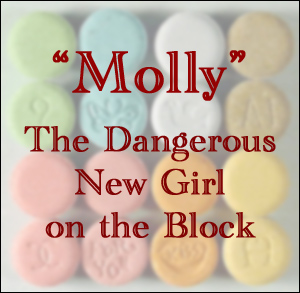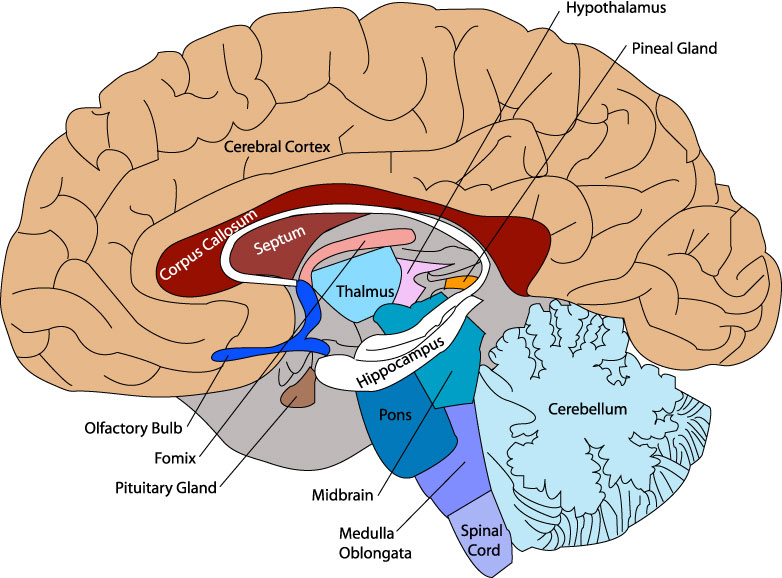 “Molly,” a psychoactive drug, has hit the pop culture scene and made a name for itself. Contemporary artists like Kanye West and Miley Cyrus have recently glamorized Molly in their music. It has also been the subject of some current and tragic headlines.
“Molly,” a psychoactive drug, has hit the pop culture scene and made a name for itself. Contemporary artists like Kanye West and Miley Cyrus have recently glamorized Molly in their music. It has also been the subject of some current and tragic headlines.
In September of this year, a multiday New York music event called the Electric Zoo Festival had to be cancelled when two young people fatally overdosed on the drug and four others became critically ill. This came after a similar tragedy at Boston’s House of Blues only a week earlier. Even on the west coast, at a Los Angeles music and dance festival known as the Electric Daisy Carnival, a 15-year-old girl died after a fatal overdose of Ecstasy, the pill form of Molly, in August of 2010.
What is Molly?
It is often referred to as a “club” drug because of its prevalence at raves, which are all night dance parties, at nightclubs and some music concerts. Additionally, the Drug Abuse Warning Network reports that the use of Molly is on the rise with emergency room visits related to complications from ingesting the drug doubling from 2004 to 2011.
Short for molecular, Molly is the crystal or powder form of MDMA (methylenedioxy-methamphetamine), a chemical used to make the drug Ecstasy. It can be snorted or taken orally. By increasing the levels of serotonin, dopamine and norepinephrine in the brain, MDMA affects mood, appetite and sleep. It also aids in the release in of oxytocin and vasopressin, two hormones associated with social experiences, sexual arousal and feelings of love.
Claiming that MDMA enhanced patient communication, the drug was used by some U.S. psychiatrists in the 1970’s as a psychotherapeutic tool, though the Food and Drug Administration had never approved it. In 1985 the Drug Enforcement Agency banned MDMA, classifying it as a substance with no medicinal value and having the potential for abuse.
What are the Dangers of Molly?
Studies on whether MDMA is addictive vary. However, some users report signs of dependence on the drug, and research has shown that animals will self-administer it, which is an indicator of certain addictive elements.
Because Molly depletes the brain’s storage of serotonin, common side effects after using the drug are sleeping problems, depression, confusion, anxiety and craving. These symptoms can begin immediately after the drug has run its course and last for days and, in some cases, weeks. When used heavily, and in combination with other stimulants, such as alcohol, these side effects can be exacerbated, resulting in long-term health issues.
MDMA can cause many of the same physical effects as other stimulants, like cocaine and amphetamines. These can include:
- Hyperthermia – the body’s inability to regulate temperature, which can cause liver, kidney or cardiovascular failure resulting in death
- Increased blood pressure and heart rate
- Teeth grinding and clenching
- Nausea and vomiting
- Blurred vision
- Sweating and chills
As with any unregulated street drug, Molly is often bought under the pretense that it is pure MDMA. The truth, however, is there’s no way for users to know if the drug has been cut with additional toxins like ephedrine, ketamine or synthetic cathinones, the psychoactive component in “bath salts.” Mixed with MDMA, these chemicals increase the risk for dangerous, potentially lethal side effects.




